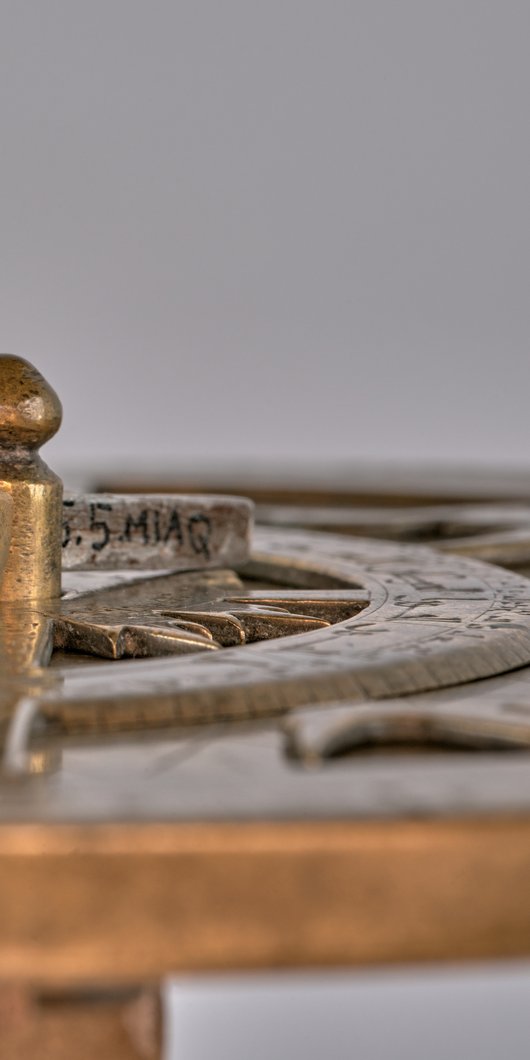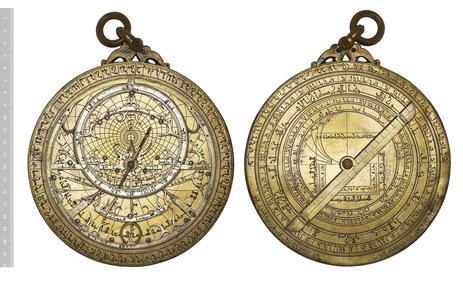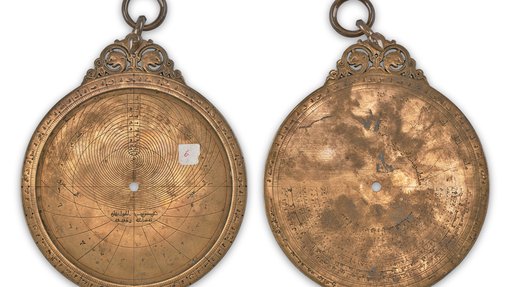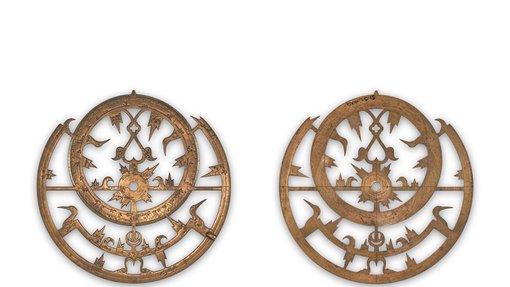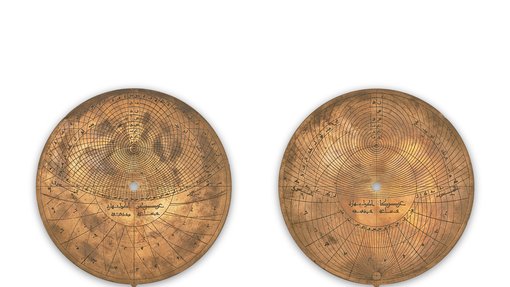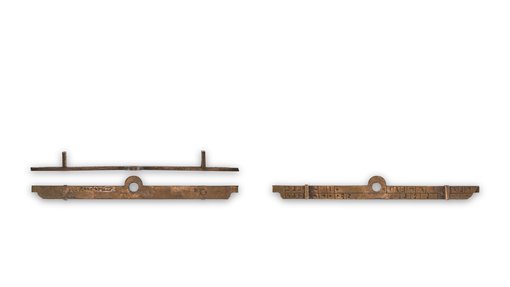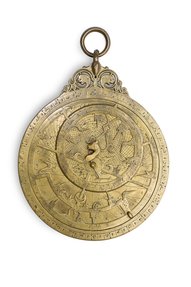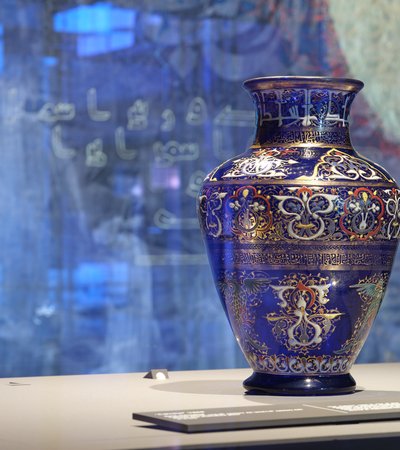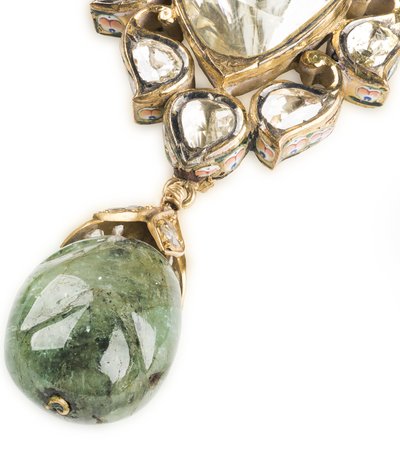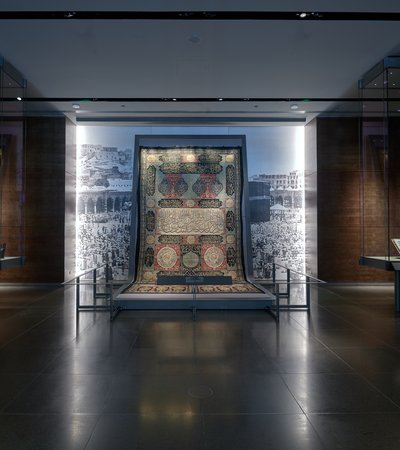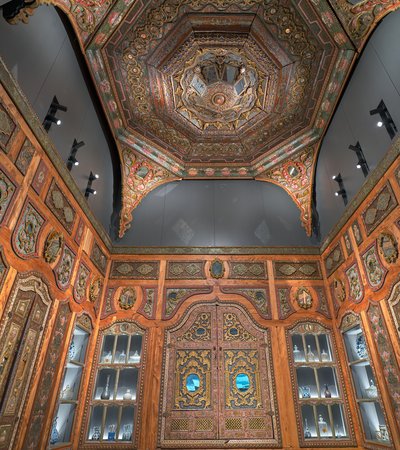This object comes from a collection formed by Kuwaiti-based art collector Jasim al-Homaizi. The astrolabe has a remarkable provenance, as it was in the collection of the famous Martine-Marie-Pol, Comtesse de Béhague (1870-1939) until her death, then passed to Jean-Louis, Marquis de Ganay (1922-2013) until 1970. The astrolabe was acquired by Parisian art dealer Alain Brieux (1922-1985) and remained in Paris until it was sold to Jasim Al-Homaizi. Al-Homaizi started collecting Islamic art in the 1960s, focusing primarily on artworks from the 9th-16th century. His collection underwent considerable looting and loss during the Gulf War, when he was forced to bury, hide and leave his collection in Kuwait; remarkably, 44 of his buried masterpieces survived, with others later retrieved through the official help of the UN Security Council. Among his masterpieces is his metalwork collection, particularly astrolabes from the medieval period, which he mostly acquired from the private collection of Alain Brieux.
This particular astrolabe has always been considered an exceptional piece; it was one of two objects Al-Homaizi personally smuggled out of Kuwait when forced to flee the country during the war. The Museum of Islamic Art formally acquired the piece, along with other metalwork masterpieces, in 1999.
Loubna Zeidan is a Senior Editorial Specialist with Qatar Museums.
See It In Person
Explore this fascinating astrolabe in Gallery 5 at the Museum of Islamic Art! Plan your visit today to see this intricate piece up close, along with other amazing highlights from our permanent collection.
